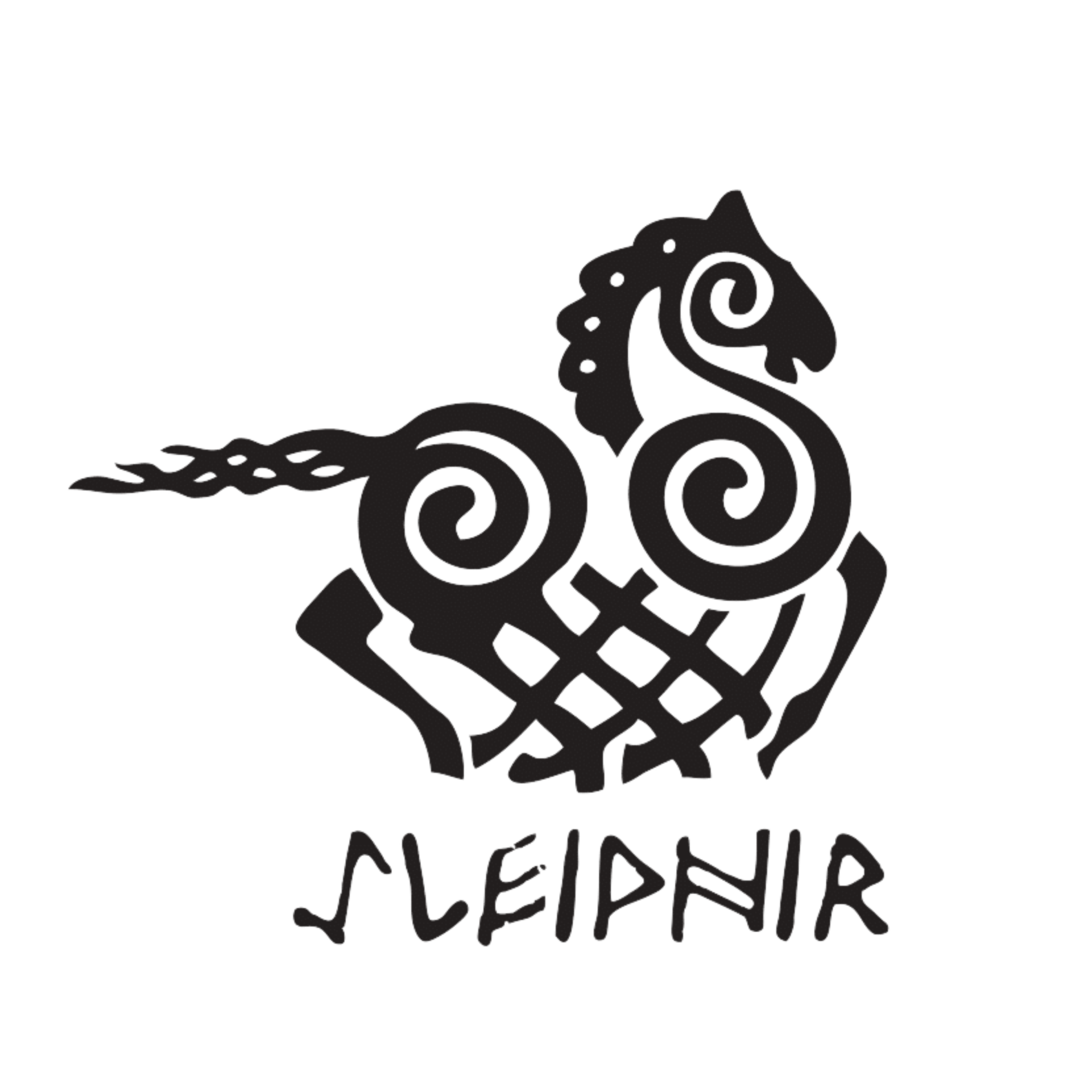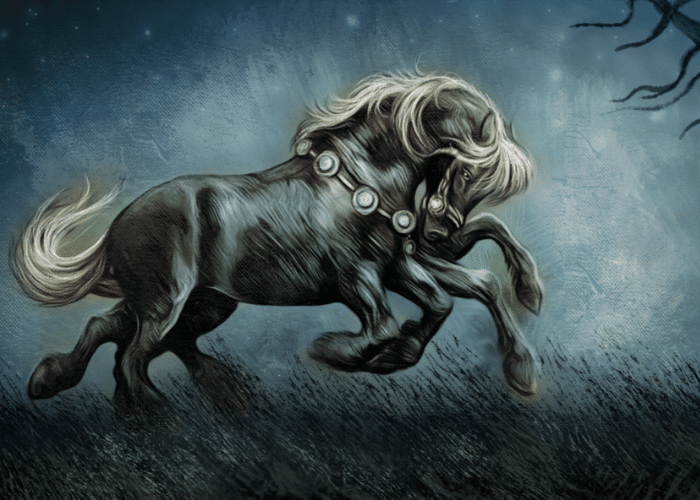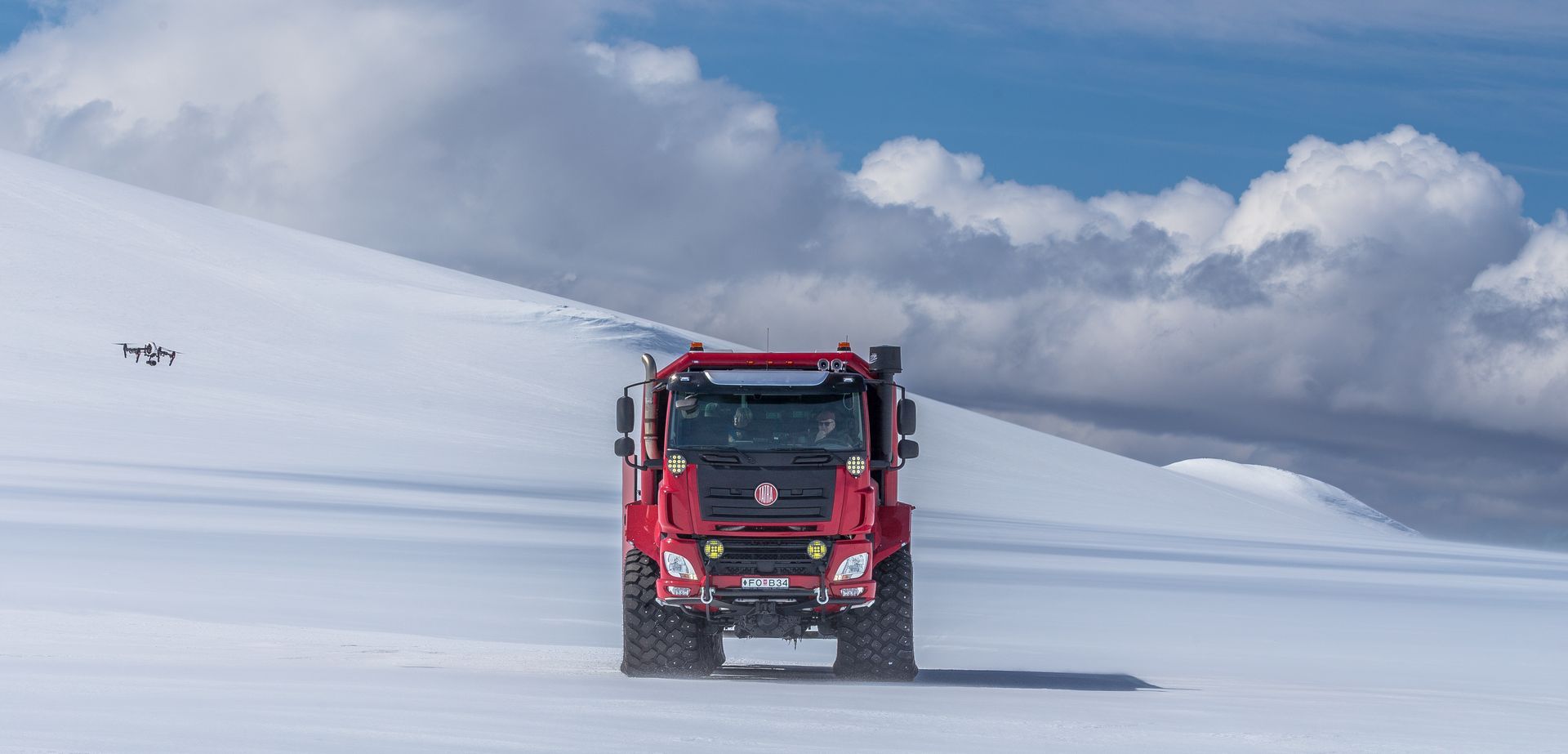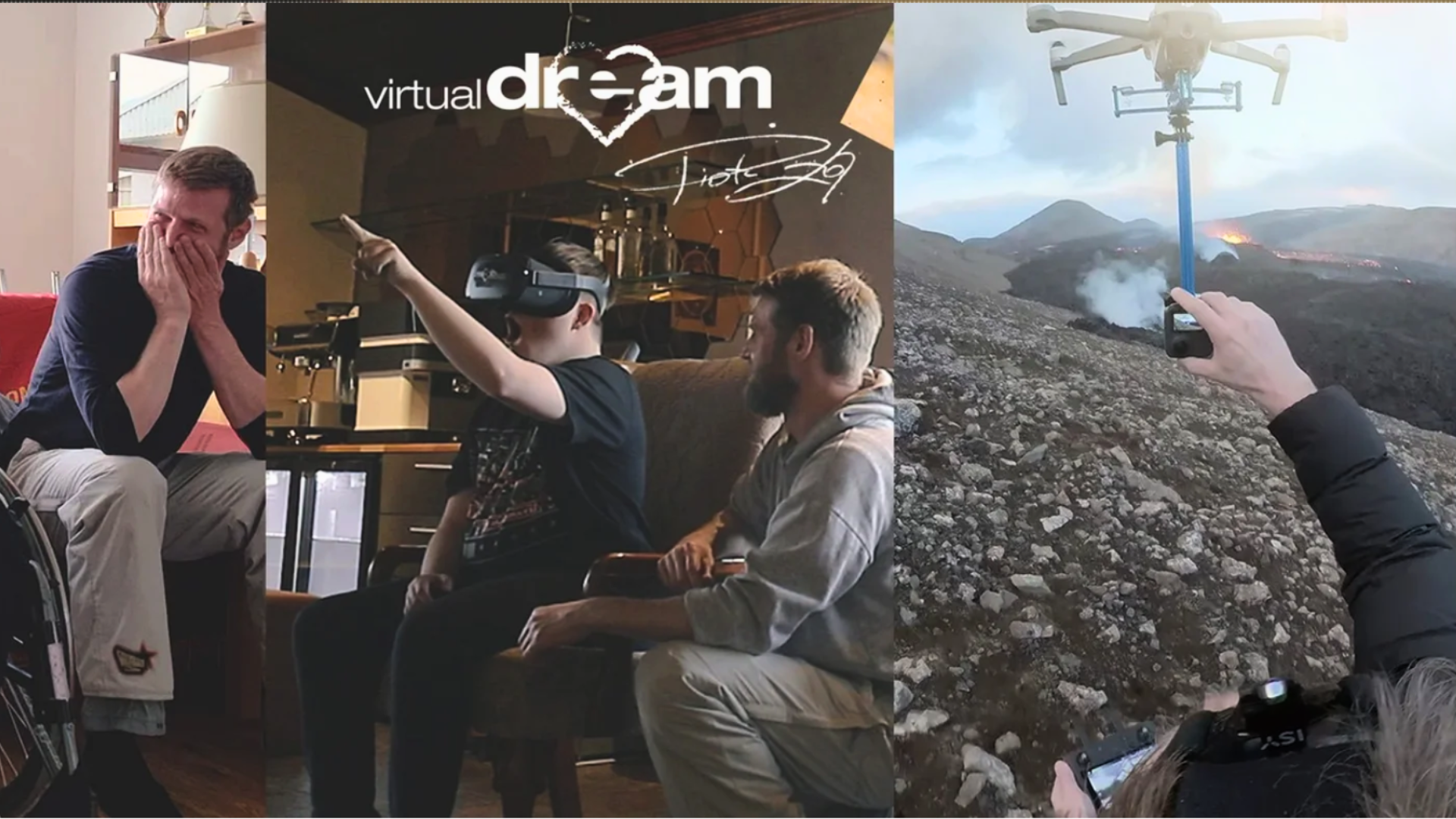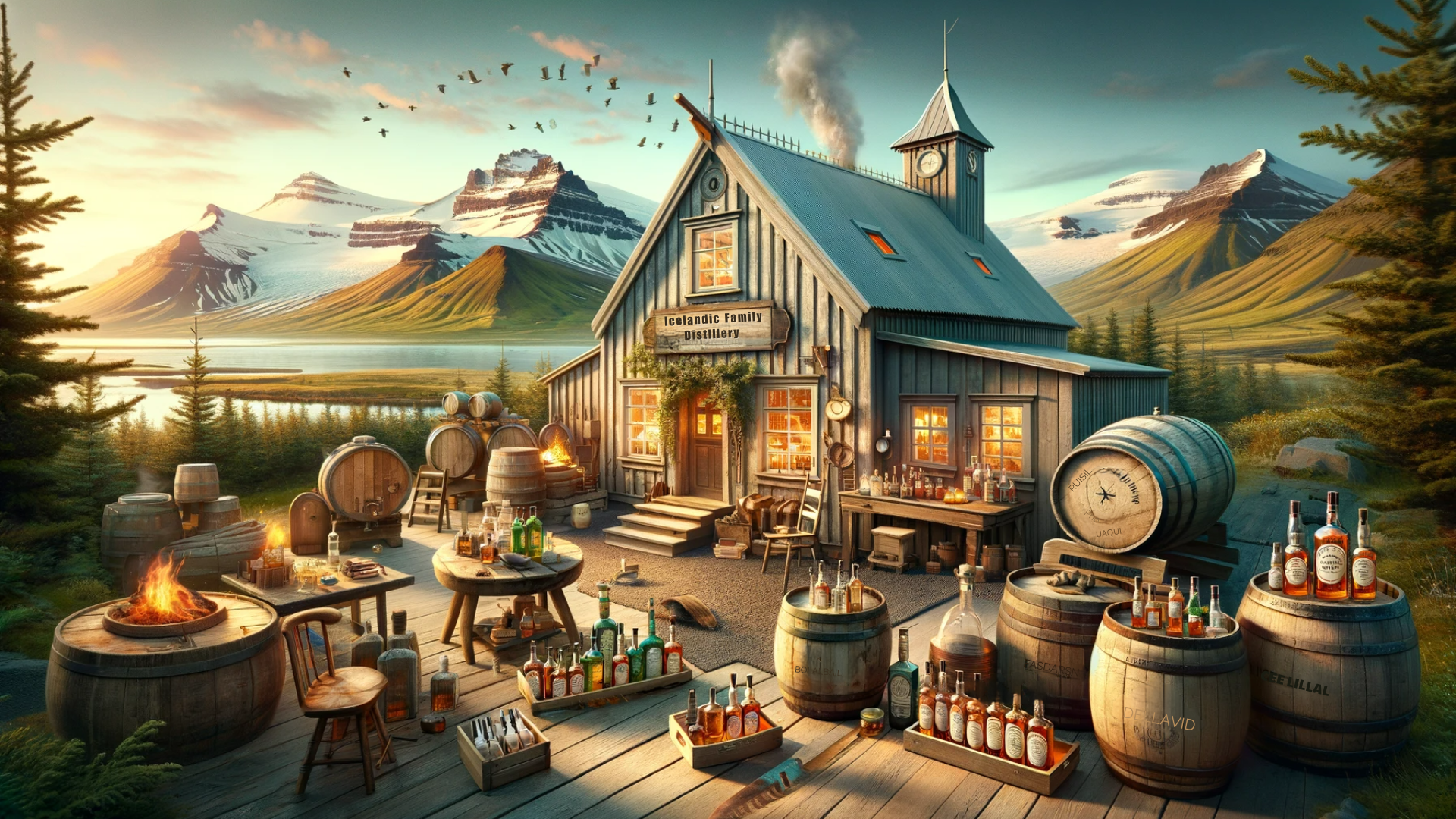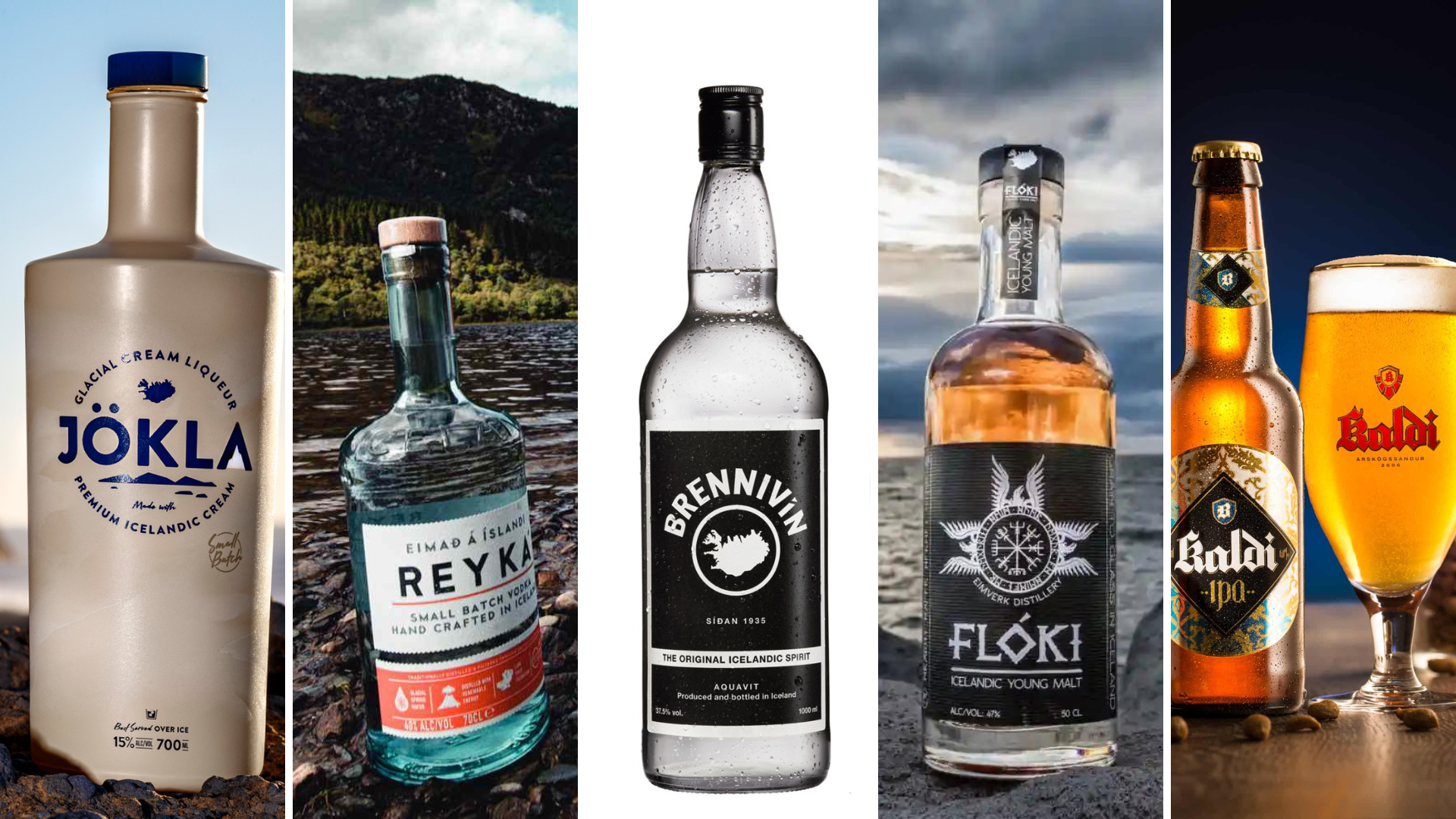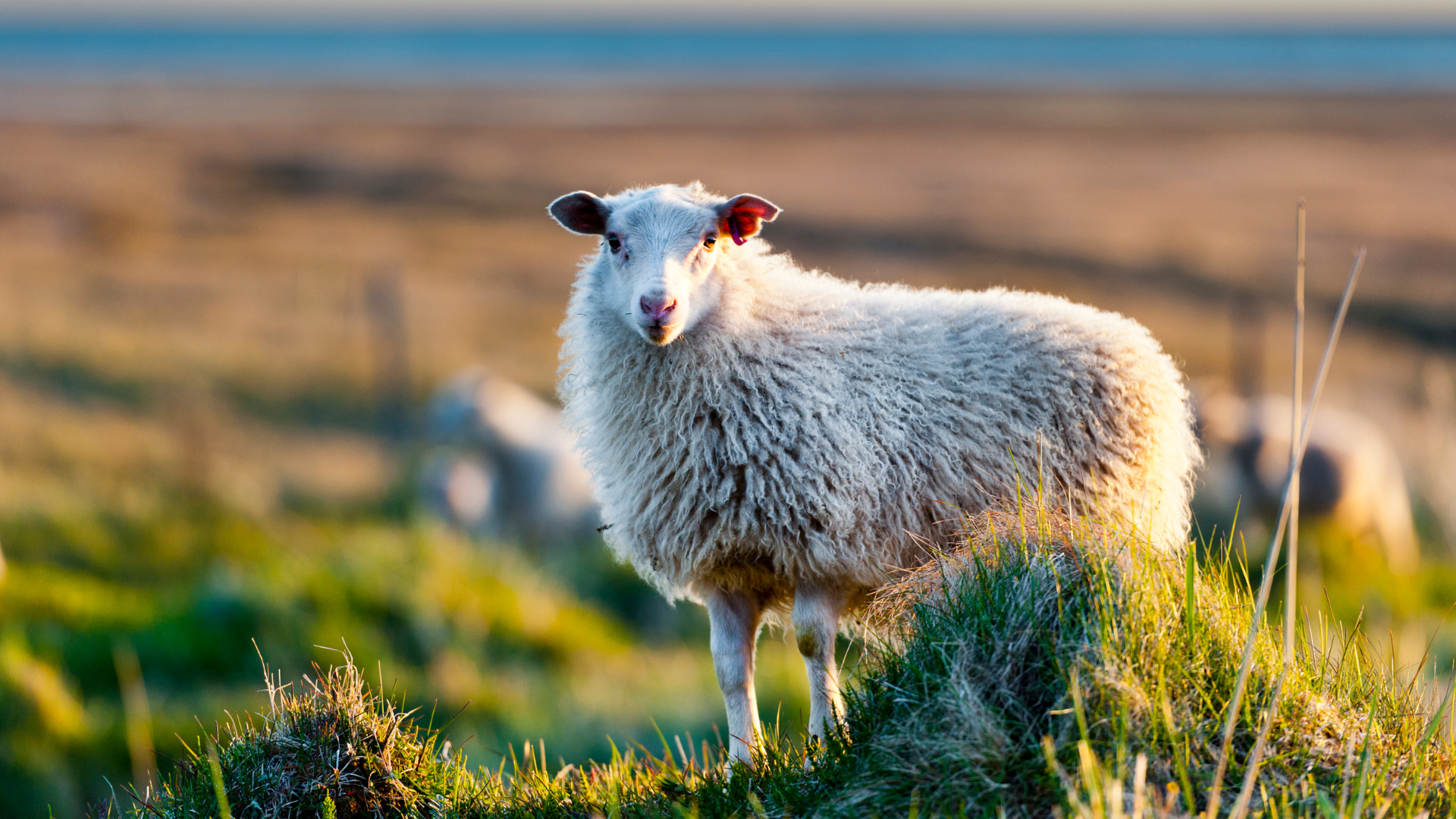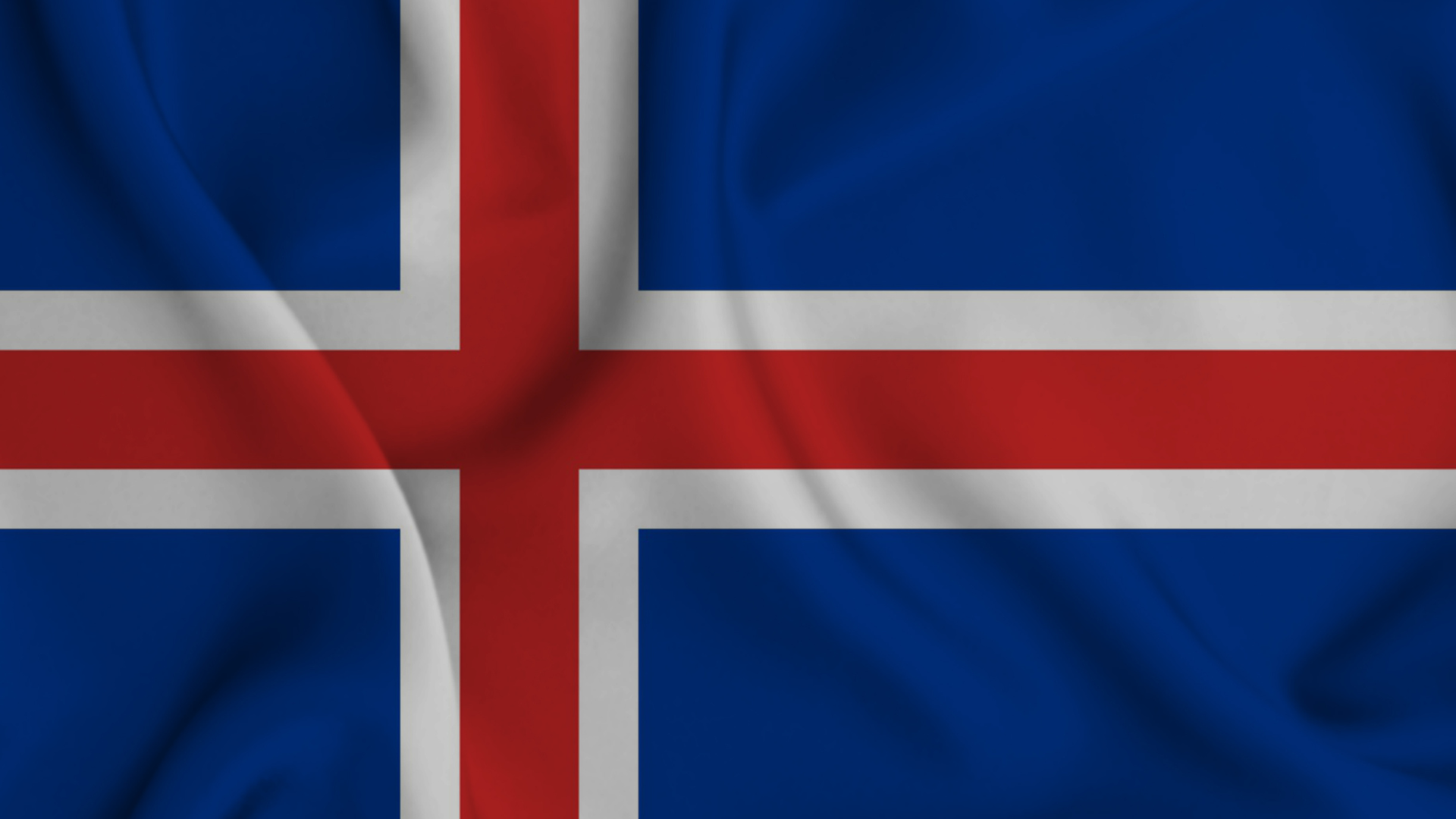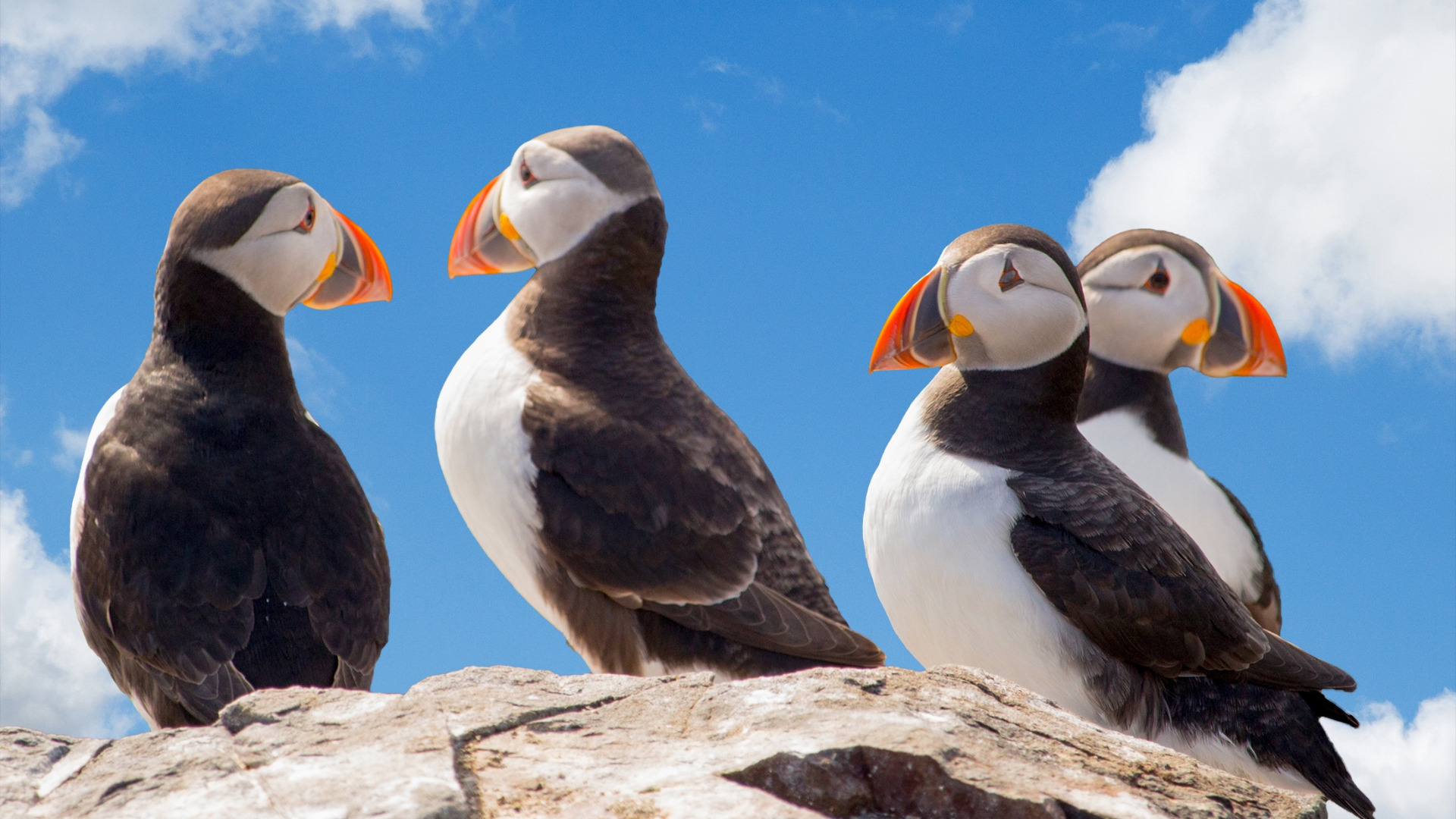10 Interesting Facts about Langjökull Glacier - part 1
Discover Glacier Facts from the Glacier Passionate
1. The Evolution of Names - From Baldjökull to Langjökull:
Langjökull, "lang" meaning "long" , and "jökull" meaning glacier in Icelandic, has an intriguing history of names. In ancient times, it was called Balljökull, which translates to "round glacier." Over time, its name changed to Baldjökull, where "bald" refers to white or bald. Eventually, it became Langjökull, a name that perfectly captures its vastness and immense size, as if it stretches out for a long distance. The change in names not only reflects the glacier's changing shape over the centuries but also the evolving understanding of its characteristics by the people who named it.
2. A Frozen Bed of Fire:
Beneath Langjökull's icy surface, something fascinating is happening. The glacier is on top of two active volcanoes, which means there's a surprising mix of freezing ice and hot volcanic activity in the same place. Not far away, there's a volcano called Kjalhraun, and it has a field of really old lava, about 7,800 years old. This old lava landscape looks very different from the icy glacier. This combination of icy coldness and fiery volcanoes helps us understand how Iceland's amazing land was formed.
3. Size and Scale: A True Ice Giant:
Langjökull's immense size proudly showcases its place as one of Iceland's incredible natural wonders. As the second-largest glacier in both Iceland and Europe, Langjökull covers a vast expanse spanning over 950 square kilometers. Its towering peak soars to around 1,400 meters above sea level, creating a breathtaking presence that commands attention across the surrounding scenery. This colossal ice giant never fails to impress visitors with its sheer grandeur and remarkable scale.
4. Adventure Haven:
Langjökull isn't just a pretty sight – it's a playground for adventure lovers. You can do exciting things here, like monster glacier ride, riding snowmobiles and even exploring magical ice caves or man-made tunnel. It's not just a glacier; it's a whole world of thrilling experiences waiting for you to discover.
5. A Time Capsule of Climate History:
Langjökull's icy layers are more than just frozen water; they hold a remarkable record of Earth's climatic history. Like the pages of a history book, these layers document a range of climatic events over centuries. From the annual accumulation of snowfall to traces of pollution and evidence of volcanic eruptions, the glacier's layers serve as a natural archive. Scientists rely on this frozen record to decode the intricate story of past climate changes, offering invaluable insights into the Earth's environmental history.
6. An Unexpected Ecosystem:
Beneath its icy surface, Langjökull has a special ecosystem that survives in the tough glacier environment. Even though ice worms might not be found here, other creatures have adapted to the extreme cold. You might spot larger animals like Arctic foxes and birds on the edges of the glacier. This shows that the glacier can support life even in very difficult conditions.
7. A Merging of Giants:
A captivating theory suggests that Langjökull might have once been multiple glaciers that merged over time. This hypothesis is the subject of ongoing research and discussion among scientists seeking to uncover the glacier's past. If proven true, it would unveil a story of natural convergence, where separate glacial entities joined forces to create the immense glacier we know today. The theory adds another layer of complexity to Langjökull's already fascinating narrative.
8. Glacier Access Points:
Langjökull's charm is reachable from two distinct spots: Gullfoss and Húsafell. Each entryway offers a unique viewpoint and experience of the glacier's captivating landscape. These access points provide a starting point for various tours and activities that allow visitors to immerse themselves in the glacier's beauty and grandeur.
9. The Legacy of Okjökull:
In close proximity to Langjökull, Okjökull, a once-considered glacier, faced a different fate. Shrinkage due to climate change led to its loss of glacier status. In a poignant response to this loss, a symbolic funeral was held for Okjökull, highlighting the profound impact of climate change on Iceland's glaciers. This solemn event serves as a reminder of the urgent need to address environmental challenges to preserve these natural wonders for future generations.
10. The Changing Surface Area:
Since its record was first noted in 1840, Langjökull's surface area has undergone significant changes. Like many glaciers around the world, Langjökull has been shrinking steadily over the years due to the effects of global warming. This transformation serves as a stark visual reminder of the environmental shifts occurring on our planet and underscores the critical importance of addressing climate change to safeguard these magnificent ice formations.

You Might Also Want to Check Sleipnir's Glacier Tours
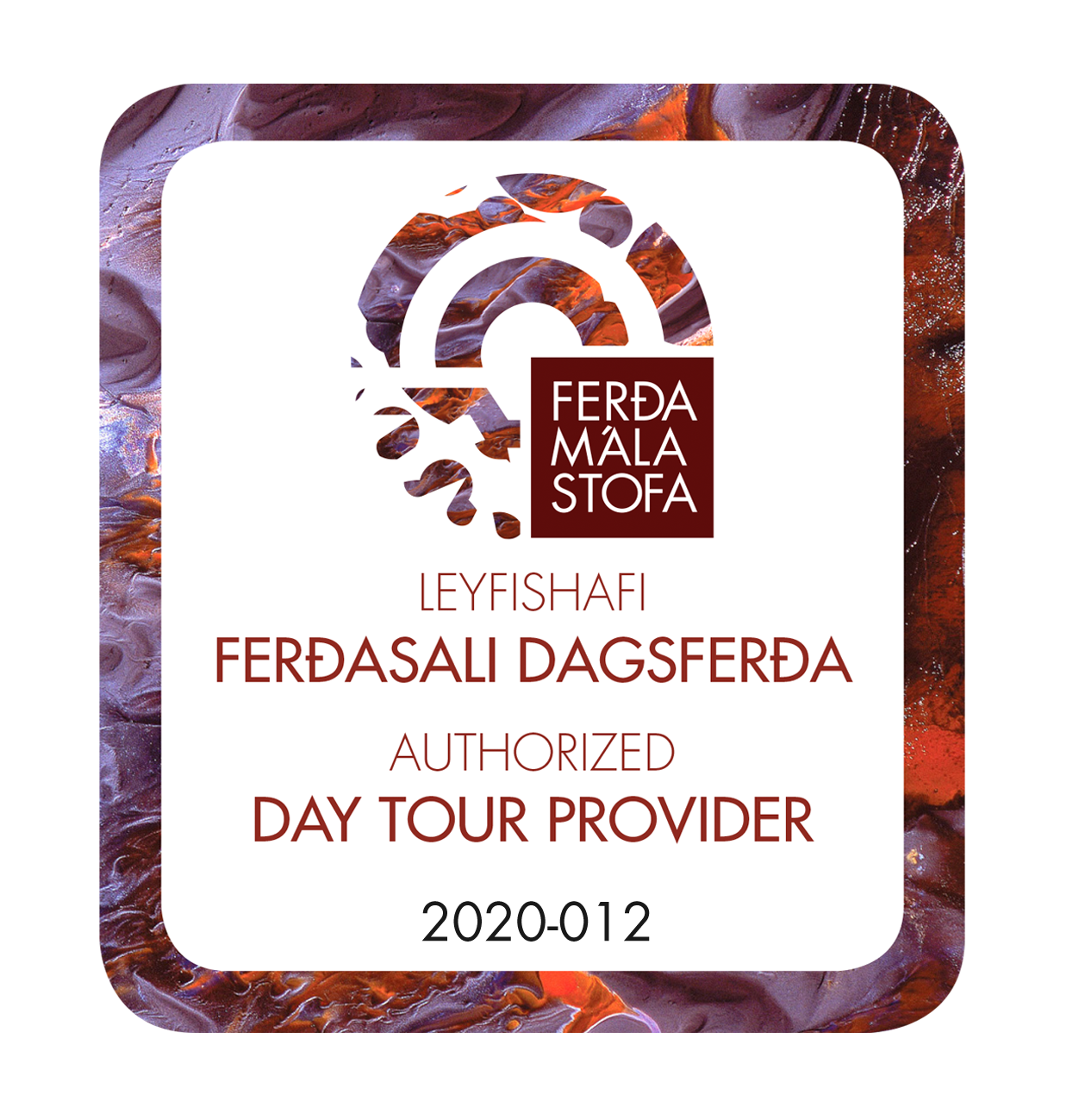

CONTACT SLEIPNIR TEAM
+354 5654647
info@sleipnirtours.is
Office Hours: mon - fri 8:30-16:00
Stálhella 2, 221 Hafnarfjörður
ID: 700896-2779

